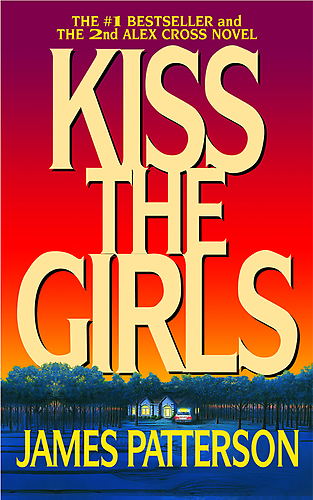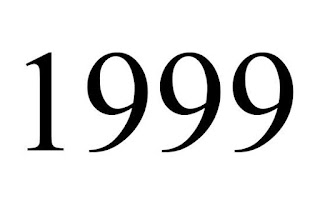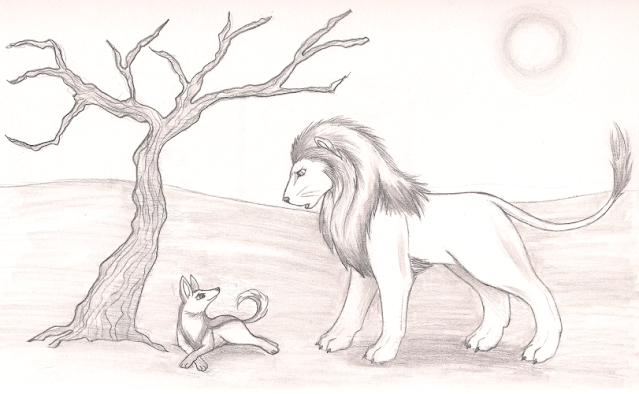Thematic Review of Kiss the Girls
Kiss the Girls, written by James Patterson, was published by Little Brown and Company
in 1995. It is the second novel about African-American
Forensic Psychologist and Police Detective Alex Cross.
The plot of the Novel follows Alex Cross on a new adventure
as he is called to North Carolina to investigate a series of mysterious
kidnappings of women, when he is informed that his niece Naomi is missing.
While investigating where she and the other women could be, he and detectives
Sampson, Nic Ruskin and Davey Sikes come across a murdered woman who they find
bound to a tree in the woods. Meanwhile, medical intern Kate McTiernan is
kidnapped from her home and upon awakening in her drugged state, she is
introduced to her kidnapper as Casanova who wears masks to symbolize his mood.
He presents her with a set of rules that will keep her safe but if she breaks
them, he would kill her. However she escapes by jumping into a flowing river
and is rescued. In hospital she meets Detective Cross, who realizes that Casanova
is not a killer but a collector of those he kidnaps, unless the kidnapped women
fail to follow the rules he puts before them. They also learn that Casanova
could be anyone and that another serial killer known as the ‘Gentleman Caller’
could be involved with these kidnappings, separately or in league with Casanova.
Kate, despite a shaky start is determined to bring her kidnapper(s) to justice
and joins forces with Alex Cross to save not only Naomi but also the other kidnapped
women and stop both serial killers.
James Patterson, the creator of the Alex Cross
series, is primarily a thriller novelist. He names most of his novels about his
detective after nursery rhymes; some of the other famous novels being Along came a Spider, Big Bad Wolf, Jack and Jill, Pop Goes the
Weasel and Roses are Red. All his
books where Alex Cross features are detective thrillers. His style goes by the
“Show don’t tell” form. The novels work to confuse a reader into coming up with
their own conclusions and it seems almost as if that is a second intention that
the Novel wants to carry out, while the story sets off a series of events that
triggers off a journey that takes the character across a set of obstacles and
puzzles that he has to solve in order to unravel the mystery. In this story,
the notion that there are two shrouded antagonists and that the main one of
them could be either further puts a complication into the story.
Patterson’s other works outside of the Alex Cross
detective series are the science fiction and fantasy series called Maximum Ride which are mainly targeted
at young adults.
Patterson is
an avid lover of nursery rhymes and names his novels about his character, Alex
Cross, after them. In many aspects, nursery rhymes appear to have a melancholy
tone or ending to them and the theme of each novel and its title suggests
exactly that. In this story which is named after the famous ‘Georgie Porgy’ the
main villain is a collector of women much as the rhyme’s main character is
although his actions only upset girls whereas in the story, the villain collects
them by kidnapping them which makes them ‘cry’.
In an interview with Burkes Frumkies (2000) in the
magazine The Writer Patterson says
“It would be easier for people to remember James Patterson, the one who wrote
all those books with Nursery Rhyme titles. The titles nicely counterpoint the books’
contents which can be pretty scary”
The movement of the plot can be compared to that of
other mystery texts such as the works of Arthur Conan Doyle (Sherlock Holmes)
and Earl Derr Biggers (Charlie Chan) in that the story misleads the reader into
a whole new development which takes the attention away from the original plot
almost as if there is another matter at hand. Towards the end all complexities
seem to be solved quite simplistically with clues which seemed obvious but went
unnoticed.
Written in modern English, it is set in 1990s USA.
The setting is in Washington D.C. This was at the height the
economic boom in the USA and at a time when the Electronic and
Telecommunication age was beginning with the first personal computers, mobile phones
and emailing. There were new developments in Technology for crime investigation
as well.
This Novel is a work of detective fiction which
involves drama and mystery. Its genre is crime and is specifically a psychological
thriller. The mode of this Novel is written text in the form of a book. It was
also made into a film of the same name.
The register
of the novel is formal, however, in the conversational sequences there is
informal, conventional use of language. Use of slang and offensive language in
intense parts of the story is noted right through. Language is very similar to
that used in American movies. The narrative tends to be quite graphic which
makes the story thrilling. There is almost no evidence of jargon which makes
the story an easy read.
The purpose of the story is to entertain by creating
suspense and anticipation, thereby providing a sense of tension, thrill and expectation
for the reader at nearly every point. As is evident from the Los Angeles Times
which reviewed the novel as “Tough to put
Down....Ticks like Time Bomb. Always full of threat and tension”
The novel is positioned in a social context which relates
to feminism as well as anti-feminism. The plot focuses on the kidnapping of
women and setting rules around them with the fear of death if they defy the
antagonist. The antagonist is attracted to beautiful women and uses his
physical strength and charisma to overpower them. However, one of the women who
manages to escape and helps the protagonist in finding the culprit, is shown as
a very strong character. This proves that feminism and female emancipation appear
to be the ideology of this story.
James Patterson’s books are essentially crime and violent
thrillers which are targeted for people between the ages of 20 and 50 of both
genders.
Kiss
the Girls is divided into – chapters Part One: Scootchie
Cross, Part Two: Hide and Seek, Part Three: The Gentleman Caller, Part Four:
Twinning and Part Five: Kiss The Girls. These consist of 123 Chapters, all of
which are numbered and untitled. The chapters are short, some of which about a
page long. The text is laid out closely in Times New Roman size 9. Italics are
used for emphasis. Even with the absence of pictures,
the description of various events and situations in the novel clearly create a
picture in the minds of the readers as to what is going on.
Kiss the Girls
is told from the point of view of a character that appears to be vital to each
chapter. Most of them are told from the point of view of either Dr. Alex Cross
or Casanova. Some are told from the point of view of Dr. Kate McTiernan and the
Gentleman Caller. One chapter is told from the point of view of an FBI agent
conducting surveillance on the Gentleman Caller with Cross and Kate.
Patterson was exposed to
African-American culture through people who were closely associated with him
during his childhood in upstate New York. Frumkies (2000). He grew up to appreciate this culture which is
evident in his intertextuality. He has modeled his
main character Alex Cross based on this experience. Cross is a sophisticated
African-American detective who speaks with dignity and self-confidence and is
known by most people associated with his work. At one point in the story, Kate is thinking of Cross as “He was a willful black man, she was an
extremely willful white woman. He was a homicide detective…but he was also
sensitive and sexy and generous. She didn’t care whether he was black, green or
purple”. The murder investigation
is based in South Carolina which is historically very parochial and African-Americans
were not treated as equals. There is reference to Alex Cross feeling
uncomfortable about working in the South.
The vocabulary in the story is highly predisposed
to everyday American English. Even though it is English, there are a cross
language lexical connections due to the influence of other languages used by
immigrants from Europe in the USA. Phrases such as “Leave me be”. “Messed up”,
“I am through with this” are
translations of words from some of the European languages. Patterson uses many
adjectives throughout his story which include exquisite, surprising, confident,
sick, vile, poised, graceful, analytical etc. to give emphasis to the seductive
and somewhat sadistic nature of the antagonist(s).
The story is built up using short and direct
sentence structures. For example, She
heard him scream her name. She didn’t look behind her again. Kate McTiernan
jumped. Short paragraphs and word exchanges mark the text. Some paragraphs
are one sentence long and similarly word exchanges could be monosyllables in
some places. Patterson weaves his story between, gruesome torture, suspense,
thrill and a touch of romance and cleverly uses the same words to either sound
menacing, scary or romantic. He is very descriptive towards his
settings/locations, characters and situations which is evident in his use of
adjectives.
Kiss the Girls is one of James
Patterson’s most successful novels which was on the New York Times bestseller
list for 12 weeks. It was also on the best seller list of the Chicago Tribune,
The Dallas Morning News, Detroit Free Press and the Miami Herald. The success
of this novel can be assigned to Patterson’s upbringing, his education as a
psychologist, his work n advertising as a copywriter and his love for writing
thrillers which his audience finds hard to put down. He has been an advocate
for increasing readership in young people and he believes that in order to
cultivate a reading habit one needs to go through thrillers before moving to
higher forms of literature.
References
Frumkes, L. B. (2000). A Conversation with James Patterson. The
Writer, 113,
11;
ProQuest Central pg. 13
ProQuest Central pg. 13
Goatly, A (2000). Critical Reading
and Writing. London: Routledge.
New York Times Magazine, 32
http://www.bookrags.com/studyguide-kiss-the-girls/style.html
Yule, G (2010). The Study of Language.
Cambridge, UK: Cambridge University Press




Comments
Post a Comment